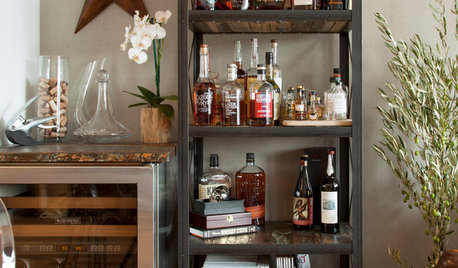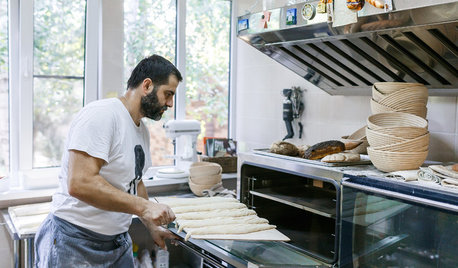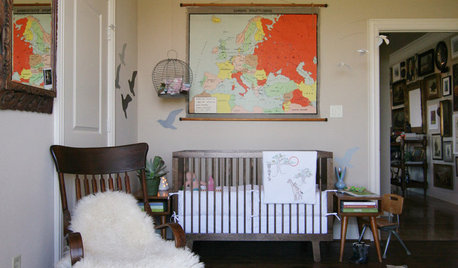Food Memories
friedag
11 years ago
Related Stories

SMALL SPACESCottages: The Comfort Food of Architecture
Soul satisfying and as snug as a favorite sweater, a cottage knows how to roll out the welcome mat
Full Story
HOLIDAYSShow Us Your Party-Time Food and Drink Station
Entertaining season is upon us, and we want to see photos of how you keep guests refreshed
Full Story
FEEL-GOOD HOMESimple Pleasures: Scent and Memory
Fragrant jasmine, fresh-brewed coffee, baking bread. Scents can evoke memories and bring sensory pleasure to our homes
Full Story
FURNITURE8 Warm and Welcoming Dining Room Tables
Create an inviting dining space where people can share memories and lots of food
Full Story
KITCHEN DESIGNWorld of Design: Global Foodies and Their Kitchens
Join us as 11 food lovers tell us about their kitchens and give us a taste of their culinary heritage
Full Story
MOTHER’S DAYWhat We've Learned From Mom About Home
Share cherished memories as Houzzers recall the special traits, insights and habits of their mothers
Full Story
DECORATING GUIDES10 Popular Home Design Trends — Timely or Timeless?
Weigh in on whether these of-the-moment decorating elements will have staying power or become a memory of these times
Full Story
FARMHOUSESWorld of Design: See How 9 Families Live and Farm on Their Land
Join us as we visit the homes and farms of passionate food producers and hear about rural life around the globe
Full Story
TRAVEL BY DESIGNTravel Guide: Austin, Texas, for Design Lovers
You'll find fantastic food along with incredible art and architecture in this capital city, deep in the heart of Texas
Full Story
HOMES AROUND THE WORLDMy Houzz: A Family’s Rustic Refuge for Travelers in the Italian Alps
High up in the Dolomites, a mountain dairy farm and restaurant offer up old-fashioned hospitality, memories and tranquillity
Full StorySponsored




lydia_yost
mariannese
Related Discussions
The food of our childhood, what do you miss?
Q
Foodie road trip
Q
Looking for Lost Loves (food that is)
Q
A food memory....
Q
woodnymph2_gw
Chris_in_the_Valley
friedagOriginal Author
friedagOriginal Author
leel
mariannese
Chris_in_the_Valley
Kath
woodnymph2_gw
lydia_yost
mariannese
veer
Chris_in_the_Valley
bookmom41
friedagOriginal Author
mariannese
Kath
woodnymph2_gw
yoyobon_gw
bookmom41
Chris_in_the_Valley
lydia_yost
yoyobon_gw
carolyn_ky
bookmom41
veer
yoyobon_gw
friedagOriginal Author
leel
veer
woodnymph2_gw
yoyobon_gw
mariannese
yoyobon_gw
friedagOriginal Author
yoyobon_gw
Chris_in_the_Valley
lydia_yost
friedagOriginal Author
yoyobon_gw
lydia_yost
friedagOriginal Author
veer
lydia_yost
friedagOriginal Author
Kath
lydia_yost
veer